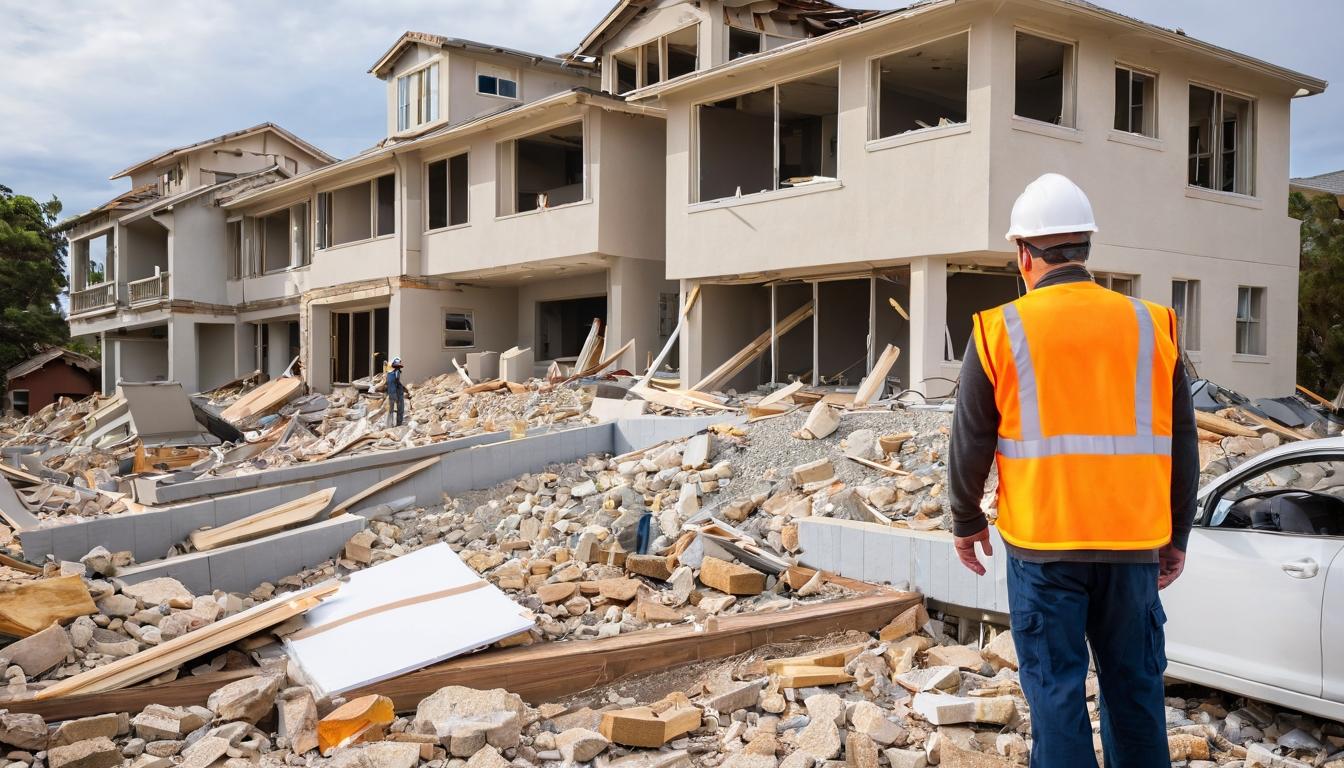When Hurricane Ian slammed into Florida's coast in 2022, parametric insurance policies triggered millions in payouts within days—sometimes before the floodwaters had even receded. These innovative policies, which pay out based on pre-defined triggers like wind speed or earthquake magnitude rather than actual damages, are being hailed as the future of catastrophe coverage. But beneath the glossy surface of rapid claims processing lies a dangerous reality: many policyholders are discovering their quick checks don't come close to covering their actual losses.
Insurance executives love to tout parametric products as revolutionary—the Uberization of insurance, they call it. What they don't mention is how these policies systematically underestimate complex damage scenarios. A Category 4 hurricane might trigger the maximum payout, but what about the subsequent flooding that destroys foundations? Or the business interruption that lasts months longer than anticipated? The triggers are blunt instruments in a world that demands surgical precision.
Dr. Elena Rodriguez, a catastrophe modeler who left the insurance industry over ethical concerns, explains the fundamental flaw: "Parametric insurance works on averages and probabilities, but disasters don't happen to averages—they happen to real people with unique vulnerabilities. That beachfront hotel might get the same payout as its neighbor, but if one has underground electrical systems and the other doesn't, their recovery costs will be dramatically different."
The sales pitch focuses on speed, but speed comes at the cost of accuracy. Traditional insurance involves adjusters assessing actual damages—a messy, time-consuming process that parametric advocates dismiss as outdated. Yet that messiness exists because reality is messy. A tree might fall on one house and miss another identical one right next door. Parametric policies would pay both homeowners the same amount, creating winners and losers based on arbitrary geographic boundaries rather than actual need.
Reinsurance giants are pushing these products hard because they're easier to model and price. The complex risk assessment gets outsourced to computer models that may or may not reflect on-the-ground realities. Swiss Re's latest parametric product for earthquakes uses shakemaps from the US Geological Survey—excellent for determining where the ground shook hardest, but terrible at capturing which buildings were retrofitted and which were on the verge of collapse before the tremors began.
Consumer advocates are seeing a disturbing pattern emerge. After the California wildfires, parametric policyholders received payments based on air quality indices and proximity to fire perimeters. Those who had evacuated early got the same as those who lost everything. The policies didn't distinguish between a vacation home that sustained smoke damage and a primary residence reduced to ashes.
The regulatory environment hasn't kept pace with these innovations. Most state insurance departments still evaluate policies based on traditional frameworks that emphasize loss ratios and claims handling. Parametric products slip through cracks in the system because they technically meet contractual obligations—the triggers fired, so the payment was justified, even if it was inadequate.
Insurance technology startups are compounding the problem by selling parametric coverage directly to consumers through slick apps. These digital platforms make buying insurance as easy as ordering dinner delivery, but they hide the complexity of what's actually being purchased. The fine print—often buried behind multiple clicks—contains brutal limitations that would make any traditional policyholder shudder.
Climate change is making the situation more urgent. As natural disasters become more frequent and severe, the appeal of quick payouts grows. But the gap between parametric payments and actual rebuilding costs is widening faster than anyone anticipated. After last year's Midwest derecho, some farmers received parametric payments based on wind speed measurements from airports miles away from their fields—measurements that didn't capture the microbursts that flattened entire crops.
The solution isn't to abandon parametric insurance but to make it smarter. Some forward-thinking companies are developing hybrid models that combine parametric triggers with traditional adjustment for larger claims. Others are incorporating real-time data from IoT devices—soil moisture sensors for drought coverage, vibration monitors for earthquake policies—to create more nuanced triggers.
Until the industry addresses these shortcomings, consumers should approach parametric insurance with extreme caution. That rapid payout might feel like a win when disaster strikes, but the celebration often turns to despair when the money runs out and the real work of rebuilding begins. The oldest rule in insurance still applies: read the fine print, understand what you're buying, and never assume that faster means better when your financial future is at stake.
The hidden risks in parametric insurance: why quick payouts might not mean better protection

